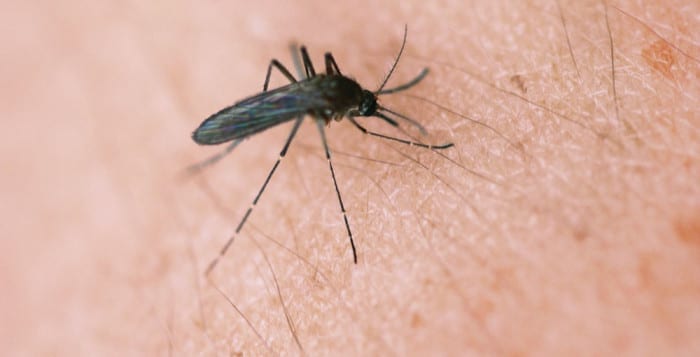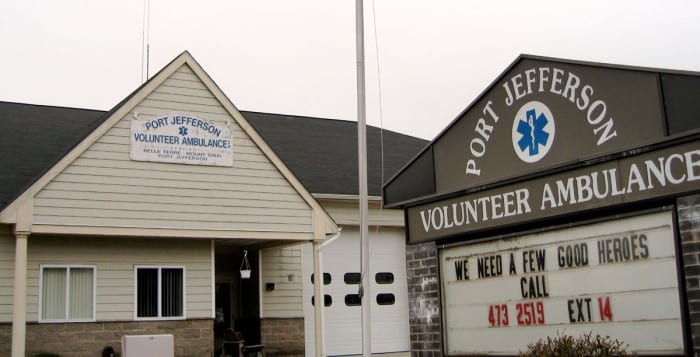Healthy eating habits and children don’t always mix in this day and age, but Christina Butcher is not letting that stop her.
Butcher, fitness center coordinator at the Huntington YMCA, is at the forefront of a new program — Healthy Weight and Your Child — that focuses on promoting good choices for young children who have struggled with maintaining a healthy weight.
“This gives kids the support they need and the opportunity to make healthy lifestyle choices,” Butcher said in a phone interview.
According to the Centers for Disease Control and Prevention, obesity now affects 17 percent of all children and adolescents in the United States. One in six children are obese and one in three are overweight, which could lead to serious health problems including type 2 diabetes, hypertension, high cholesterol and mental health issues.
Healthy Weight and Your Child is a 12-month program geared toward 7 to 13-year-old children who are in the 95th percentile or higher on the body mass index scale. All participants must be cleared for physical activity by a health care provider or school nurse, and be accompanied by a parent or caregiver at every meeting.

“Parents usually make most of the food decisions in the home, so we want them included in this learning process,” Butcher said.
The program is meant to focus on social issues in health and engage the whole family on understanding how the home environment influences the choices that lead to unhealthy food selections.
Aside from eating habits, the program also highlights the importance of regular physical activity and behavioral changes.
Butcher said kids participate in different activities like dodgeball, spud and relays, to stay active.
“My favorite part of the program is the family unity,” she said. “There are a lot of siblings in the program, and even just the single children with parents are participating in a great bonding opportunity.”
Currently, Healthy Weight and Your Child at the YMCA has about 35 children signed up. The program is offered on Wednesdays from 5:30-7:30 p.m., and is also available at the Silas Wood Sixth Grade Center in the South Huntington school district on Mondays from 5:30-7:30 p.m.
Aside from being in charge of all fitness programs the YMCA offers, Butcher is also a personal trainer at the fitness center in the YMCA.
“I have the opportunity to work with small groups to help achieve their fitness goals,” she said. “Whether it’s working on upper body strength to be able to pick up their grandchild, or getting over an injury or working toward a sport goal, I love the diversity training that the YMCA offers. It’s the best part of being a trainer.”


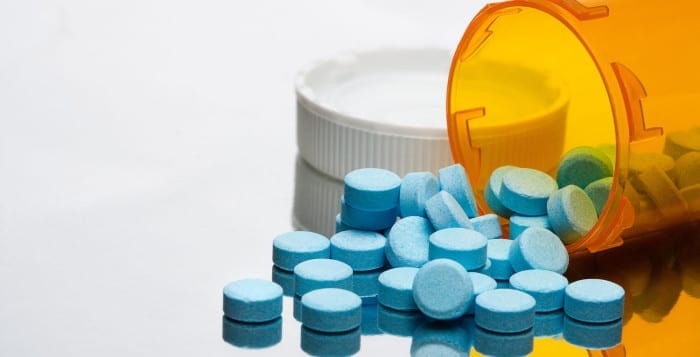

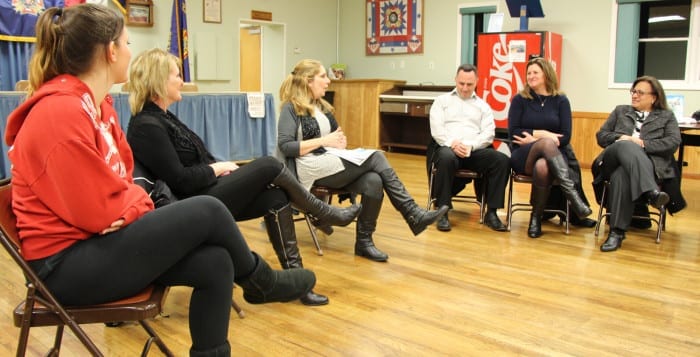
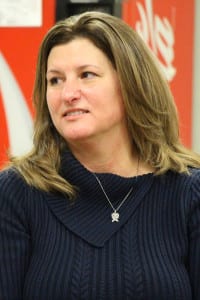

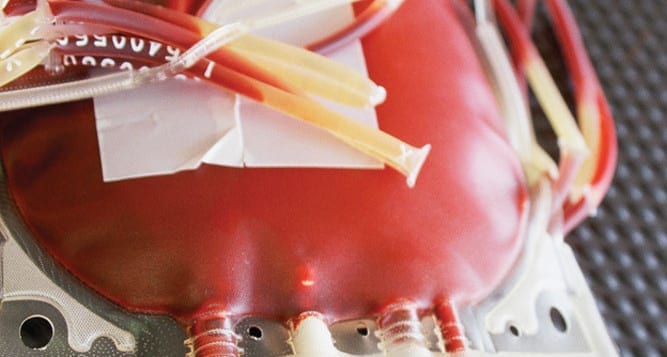


 The best treatment plan is a multifaceted approach, said Marco Palmieri, D.O. Palmieri is medical director of the Center for Pain Management at Stony Brook Medicine. “A pretty high percentage” of post-mastectomy patients experience pain, he said. He and his colleagues recommend a well-structured regimen that could include medications, interventional approaches, physical therapy, acupuncture, massage therapy, diet, exercise and, in some cases, treatment by a pain psychologist, Palmieri said.
The best treatment plan is a multifaceted approach, said Marco Palmieri, D.O. Palmieri is medical director of the Center for Pain Management at Stony Brook Medicine. “A pretty high percentage” of post-mastectomy patients experience pain, he said. He and his colleagues recommend a well-structured regimen that could include medications, interventional approaches, physical therapy, acupuncture, massage therapy, diet, exercise and, in some cases, treatment by a pain psychologist, Palmieri said.